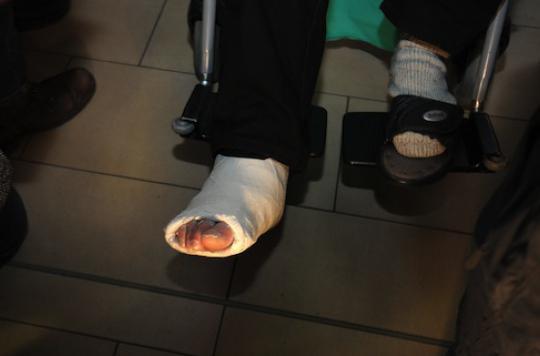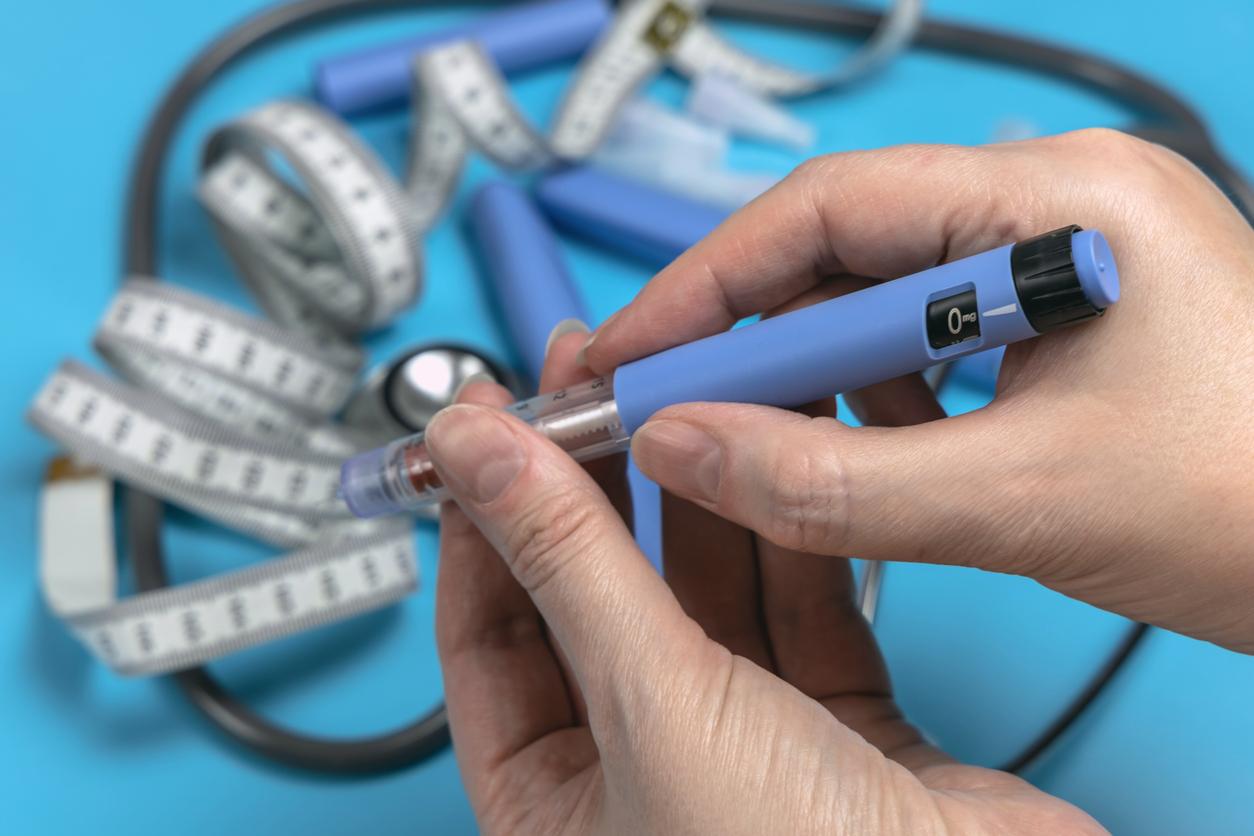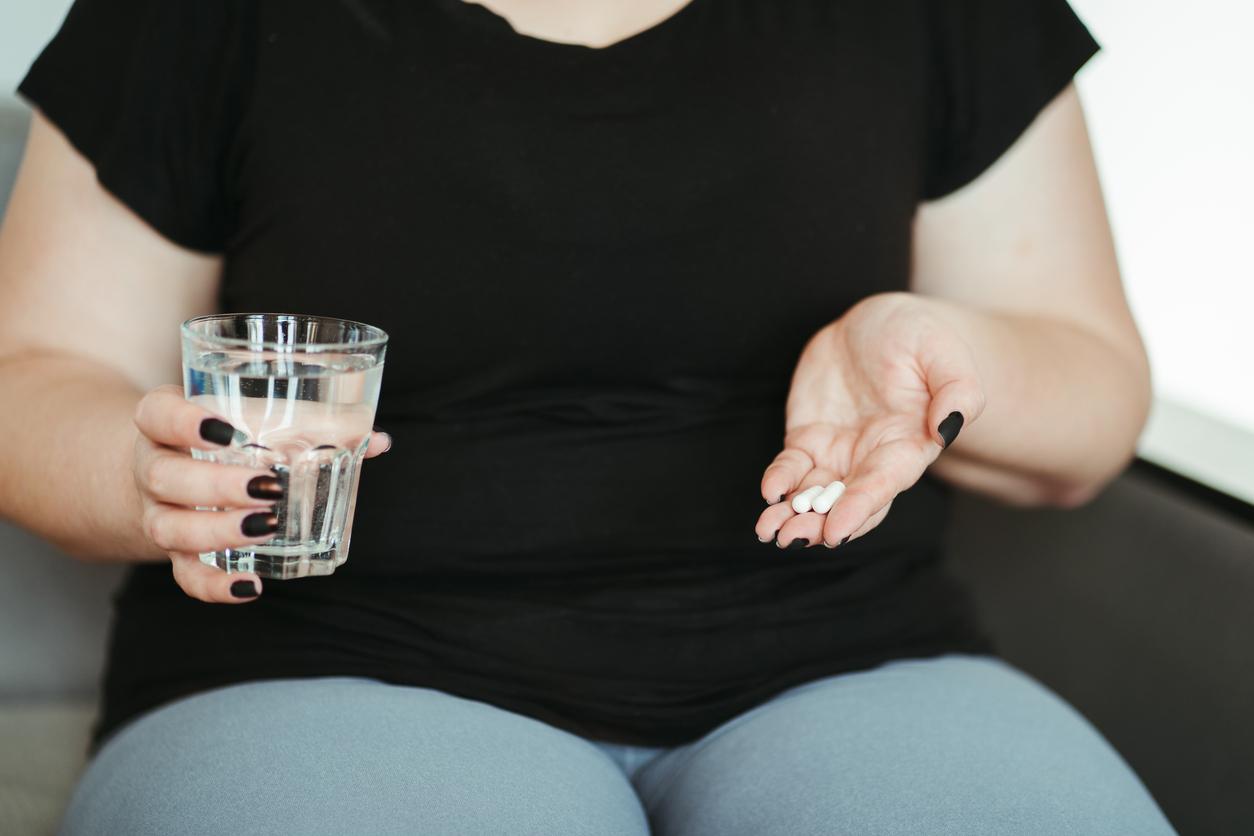The change in body mass would lead to an additional risk of fracture in postmenopausal women, according to a study published in the BMJ.

Losing weight, but also gaining it, is not good for the bones, especially for postmenopausal women, according to a study published in the British Medical Journal (BMJ). To arrive at these results, the researchers studied data from the Women’s Health Initiative cohort, i.e. more than 120,000 postmenopausal women who were between 50 and 79 years old at the start of the study and who were followed for an average of 11 years in 1993. in 2013. Let us add that these women had to, in order to participate in the cohort, not have serious cardiac, pulmonary, renal and hepatic problems, and with a lifespan of at least 3 years.
The results of this new study – the first to “focus specifically on the influence of weight change and lower limb, upper limb and central body fractures,” according to the authors – are impressive. Thus, women, who have lost “at least 5% of their body mass, have approximately 65% more risk of fracturing their hip, 30% more risk of having an axial fracture (pelvis, hip). and vertebrae) and 9% more risk of fracturing an upper limb ”.
Fat can sometimes protect against fractures
For women who have gained “at least 5% of body mass, the risk of fracturing an upper or lower limb increases by 10% and 18%, when compared to women who have kept a constant weight,” according to the researchers. On the other hand, no difference could be observed at the level of the axial fractures for the patients who gain weight, probably because in this place, the fat forms a kind of small cushion which protects against the fractures!
For Bernard Cortet, professor of rheumatology at Lille University Hospital, “the mechanisms underlying fractures in obese people and in people who gain weight are the same. “
Listen to Prof. Bernard Cortet, rheumatologist at Lille University Hospital : “When you increase your weight, the impact with the ground is more significant than in the subject whose weight is less, so this mechanical factor alone means that the bone will be able to fracture”.
Professor Patrice Fardellone, professor of rheumatology at the University Hospital of Amiens, has a different interpretation: it is the variation in weight (and not just weight) that has an influence on the risk of fractures. This nuance is decisive in understanding the results: “An increase in weight, even a small one, will lead to changes in balance, in body image and may reflect an underlying co-morbidity”.
Adipose tissue causes inflammation
Weight gain has a second consequence, according to Prof. Cortet: “adipose tissue secretes a number of substances which can cause inflammation: it is not good for the bones and it can lead to the risk of fractures”.
And what about people who are losing weight?
Listen to Prof. Bernard Cortet: “ When you lose weight, you lose bone! The most caricatured example is that of bariatric surgery: patients lose 10% of their skeletons in a few months. “
Not to mention that women continue to secrete estrogen after menopause in adipose tissue. However, these estrogens protect the bones, so the lighter women are and the more their skeleton is weakened, which again explains the increased risk of fracture.
Doctors need to be vigilant when the weight of their patients varies
Finally, the study distinguishes between intentional and unintentional weight loss. Both of these weight losses increase the risk of fractures, even if they do not affect the same areas. Consequences ? Physicians should be particularly vigilant with their patients whose weight varies.
Listen to Prof. Patrice Fardellone, head of the rheumatology department of the University Hospital of Amiens : “ The physician who has a patient who is gaining or losing weight should be alert to the risk of fracture and should systematically assess it. …“
Women who start a diet after menopause should therefore be in contact with their doctor and supplement with vitamin D and calcium to strengthen their bones.
.

















